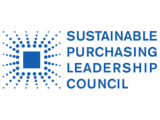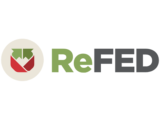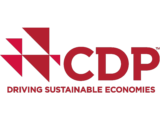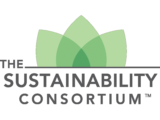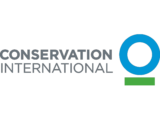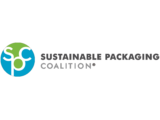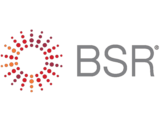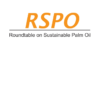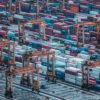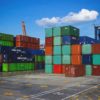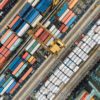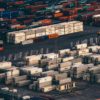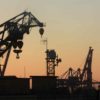The Sustainability Journey
Corporate sustainability leadership: the journey
Successful business leaders understand that a thriving economy depends on a thriving environment, and vice versa. Your customers, employees, suppliers, shareholders and potential investors are well aware that the myth of an “either/or” tradeoff between sustainability and profitability no longer exists. Now, more than ever, the world is your business.
Yet, while the need for corporate sustainability has long been proven, following a clear pathway to leadership — where your company’s business and sustainability goals are in alignment — can be challenging.
The Supply Chain Solutions Center roadmap to leadership can help you navigate that path.
Continue Reading

Featured Content
Report: Accelerating zero-emissions delivery
Report
Explore The Sustainability Journey
Sustainability 101
Sustainability needs to be weaved into your business, not bolted down. These resources will help you learn how to start the sustainability journey for your company.
View All Sustainability 101 ResourcesLevel 1: Engage
The genesis of your company’s commitment to corporate sustainability, this stage is about getting informed on the issues, understanding the landscape (both internally and externally), assessing your areas of opportunity and influence, and discovering where you need help (and how you can get it).
View All Level 1: Engage ResourcesLevel 2: Execute
This stage is about advancing and innovating across your company’s landscape — from your own operations to your suppliers'. It’s a multi-faceted process that ranges from building sustainability plans and proving the business case to implementing, measuring, reporting, scaling and beginning to take a public stand on issues and policies.
View All Level 2: Execute ResourcesLevel 3: Lead
Leading on corporate sustainability means bringing your company’s business and environmental goals into seamless, transparent alignment. You’re accelerating environmental innovation, actively advocating for smart environmental policies, and advancing sustainable business practices to alter the landscape across entire industries and business sectors.
View All Level 3: Lead ResourcesThe Sustainability Journey Resources
Filter by our "Sustainability 101" categories for a concise, high-level overview of Agriculture, Forests, Chemicals, Energy, Freight or Waste. You can also view all of the Engage (Level 1), Execute (Level 2) and Lead (Level 3) resources by filtering for interest areas that are relevant to your company.
Title
Date
Type
A step-by-step guide to help your company navigate corporate GHG programs, setting it on the path to credible and lasting GHG reductions.
02/14/2019
Handbook
EDF's Theresa Eberhardt raises awareness of the plastic pollution problem and credits the companies that are actively doing something about it.
02/12/2019
Blog
RSPO has more than 4,000 members worldwide who represent all links along the palm oil supply chain.
02/12/2019
Initiative
See how 85 technologies in eight categories can help your fleet improve its freight efficiency.
02/09/2019
Database
Expanded use of freight rail offers a meaningful way to reduce greenhouse gas emissions without harming the economy.
02/09/2019
Report
The strategies and technologies in this guide can drive innovation, build partnerships, and ultimately improve the economic and environmental performance of port authorities and marine terminal operators.
02/09/2019
Report
CTL is engaged in research on sustainable supply chains through its multi-disciplinary approach, strong collaborations and innovative methods and technologies.
02/09/2019
Initiative
GLEC Framework is the leading methodology to calculate GHG footprints across multi-modal supply chains and inform business decisions to reduce emissions.
02/09/2019
Tool
SFC’s “Smart Freight Leadership” report explains the journey along the five central elements that define leadership.
02/09/2019
Report
A large percentage of the total cost to operate a modern distribution center is attributed to energy. EDF has identified effective strategies to increase efficiency and cut costs in your facility.
02/09/2019
Report
Operating a modern distribution center requires a lot of energy. Increasing efficiency in your facility can achieve dramatic cost savings. EDF has identified several opportunities to reduce energy in distribution centers.
02/09/2019
Case Study
These case studies, sponsored by EDF, feature leading companies in a variety of industries that found opportunities to reduce carbon emissions and cut transportation costs.
02/09/2019
Case Study
Load More
